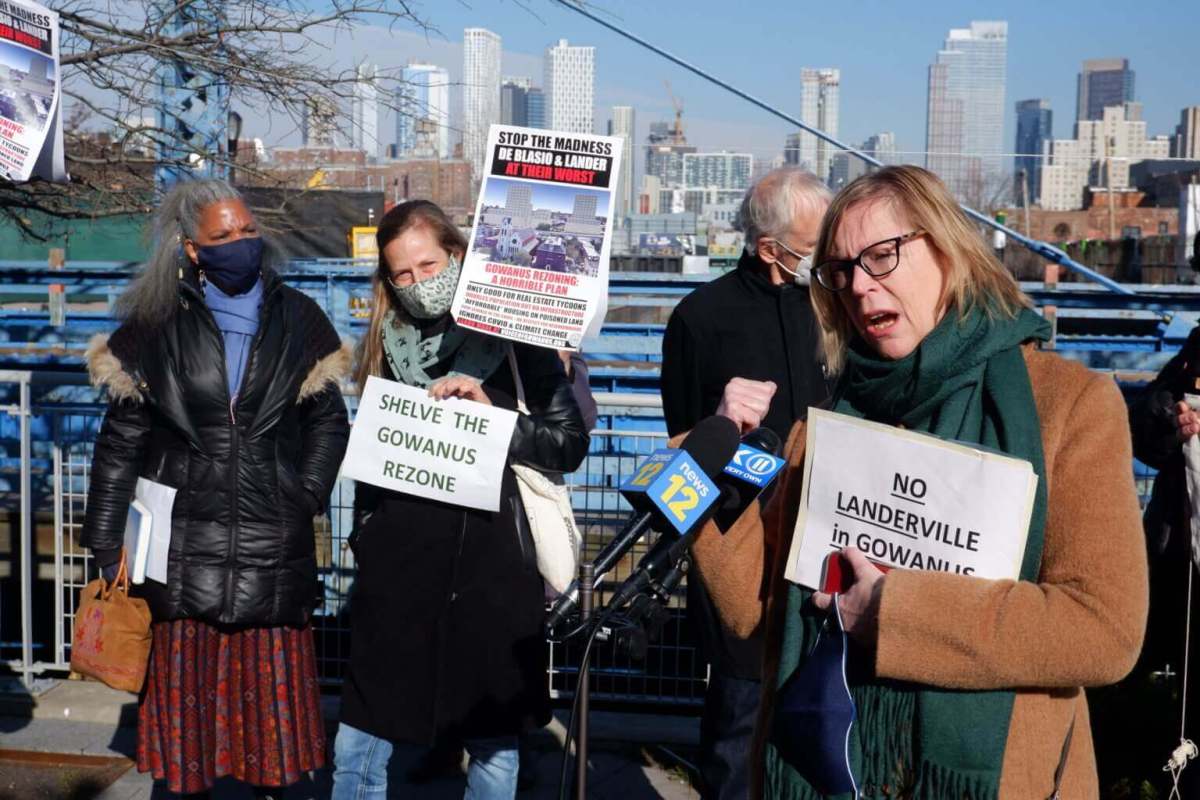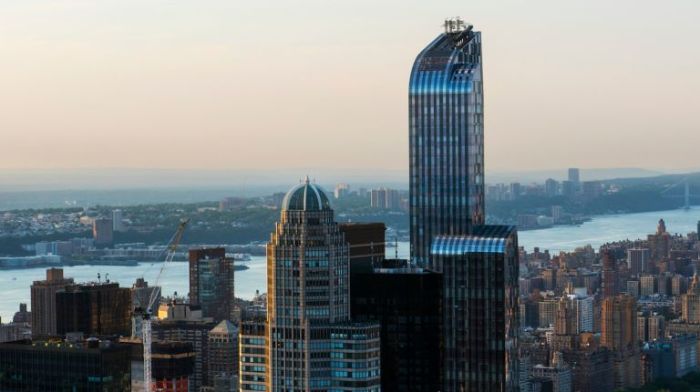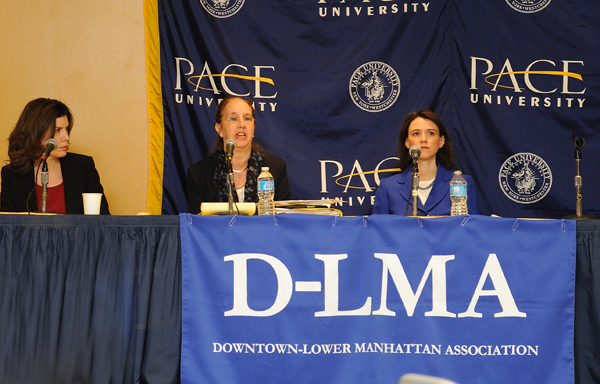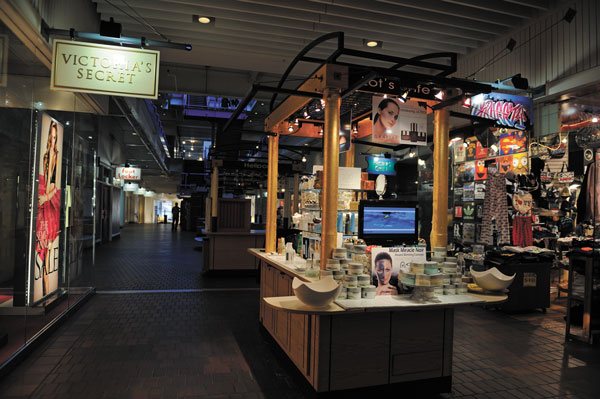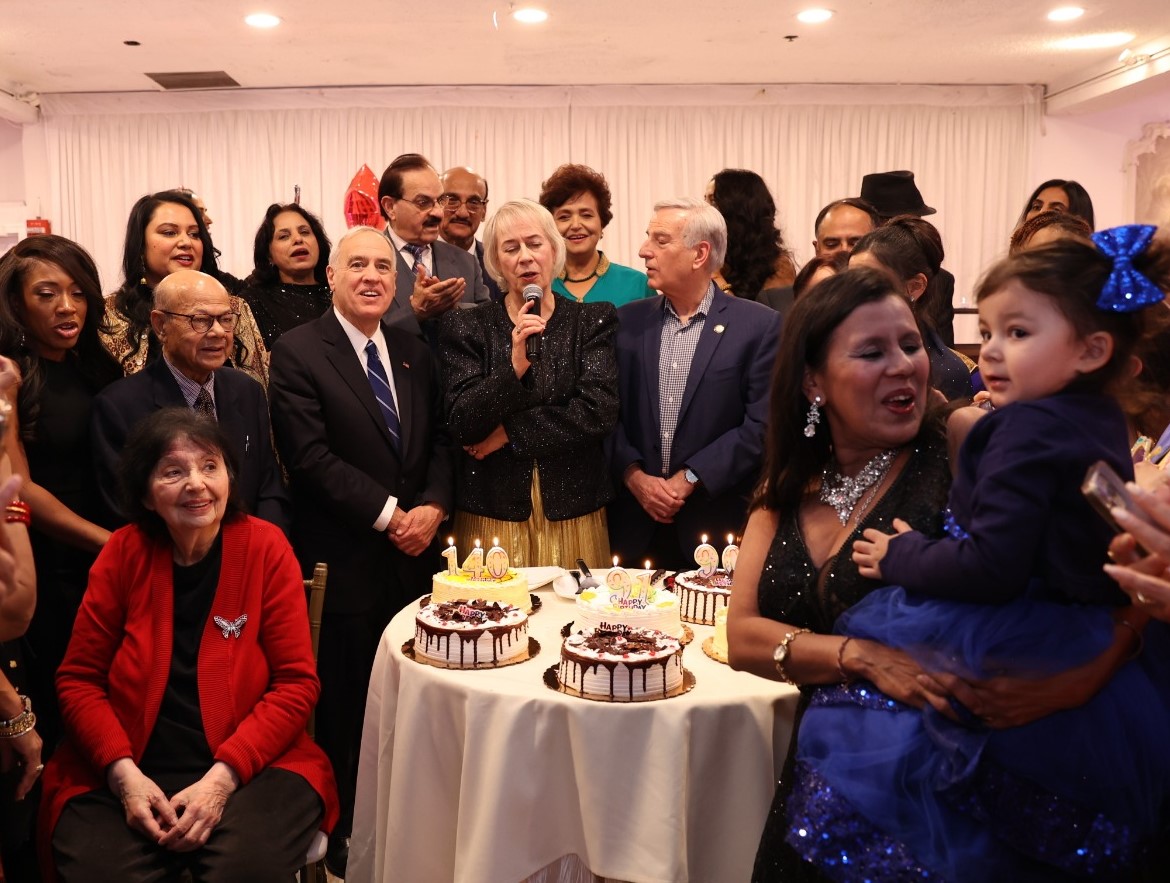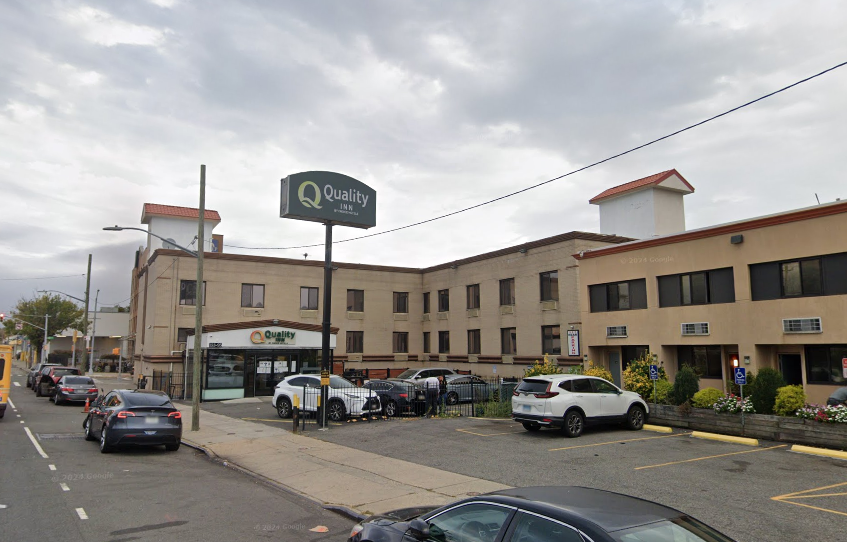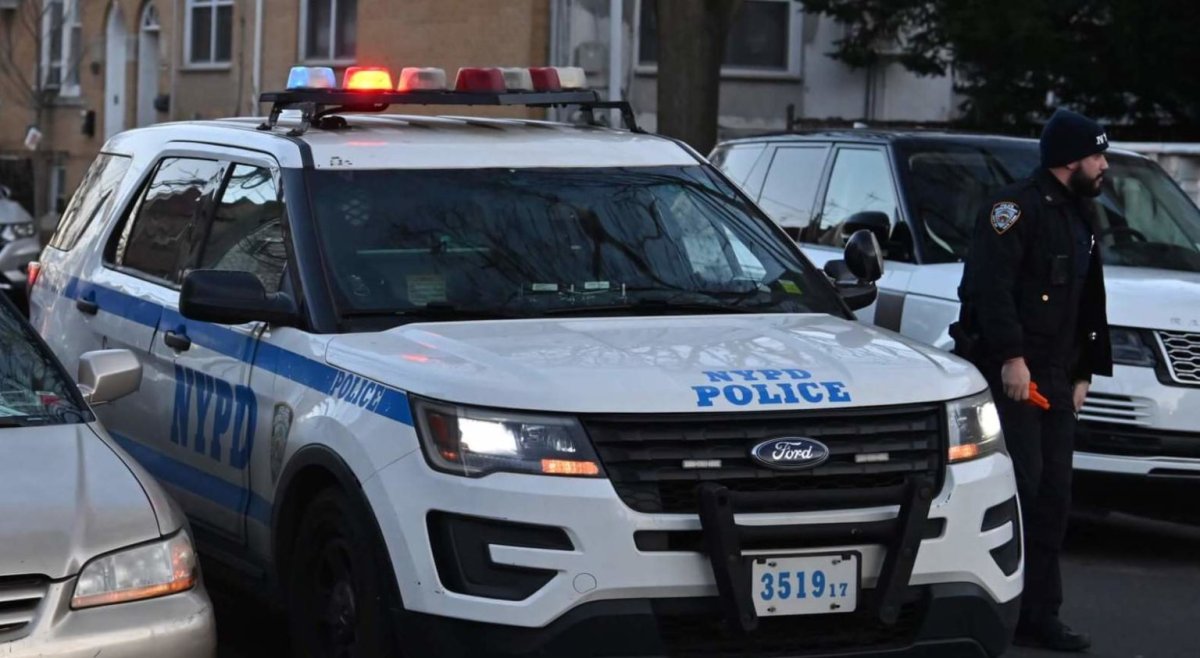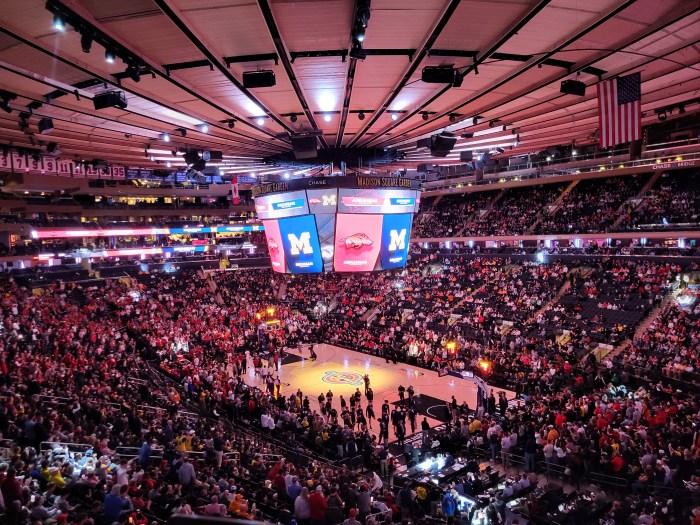They’ll see the city in court!
Opponents of the Gowanus rezoning plan to sue the city Friday, alleging the Department of City Planning’s virtual Zoom hearings don’t allow for enough public review for the neighborhood-wide land use changes.
“When you’re dealing with a massive project of this scale that is going to impact so many people’s lives, the community must have its voice heard; that is simply not possible with virtual public hearings,” said attorney Jason Zakai on behalf of the plaintiffs, anti-rezoning group Voice of Gowanus, in a Jan. 15 statement. “There are detailed, step-by-step rules laid out in City law on how to conduct the public review process. They are there for a reason, and the City must follow them, even if that means waiting until the pandemic is over.”
Voice of Gowanus on Tuesday announced they were lawyering up for a legal challenge and Friday said they plan to file a suit against the Department in Brooklyn State Supreme Court, calling for the start of the city’s Uniform Land Use Review Procedure — or ULURP — to be delayed until the pandemic is “under control.”
The city is scheduled to officially certify the Gowanus rezoning on Tuesday, Jan. 19, kicking off the roughly seven-to-nine-month public review process.
Zakai and his employer — law firm Hiller PC, which on Twitter bills itself as “protectors of the little guy” — previously worked on behalf of homeless shelter residents in Manhattan’s Lucerne Hotel, successfully getting a judge to temporarily block the city’s efforts to move the unhoused out.
The activist group said they will file the lawsuit Friday afternoon, but declined to provide a copy of the documents or further comment ahead of time.
In virtual info sessions at the end of 2020, opponents repeatedly called on the city to halt the rezoning, saying officials used Zoom to control and muzzle critics of the plans, and that virtual meetings didn’t cut it for such a large scheme.
City officials meanwhile claimed that attendance at the virtual meetings was above previous in-person gatherings, and that the online format allowed more people to show up who couldn’t attend the often raucous public hearings on weeknights that routinely went on for hours.
The city halted all ULURPs at the beginning of the pandemic in March, but Mayor Bill de Blasio relaunched the procedures in September. Several land use proposals have since continued through the multi-step process that collects comments from local community boards, borough presidents, the City Planning Commission, and the City Council.
The Gowanus Neighborhood Plan is the last neighborhood-wide rezoning under the de Blasio administration and covers 80 blocks around the noxious Gowanus Canal, roughly bounded by Bond Street, Baltic Street, Fourth Avenue, and Huntington, Third, Seventh, and 15th streets.
The years-in-the-works scheme aims to overhaul zoning in the low-slung former industrial hub to allow for more and taller residential buildings.
The Gowanus rezoning is slated to bring in more than 8,000 new housing units by 2035 in towers rising as high as 22 to 30 stories. Some 3,000 of the units will be earmarked as “affordable” units tied to residents’ income levels.
In addition to the virtual meeting shortcomings, critics of the plan raised concerns of environmental safety of building big along the toxic canal, especially the fully-affordable housing complex at Public Place, also known as Gowanus Green, which is slated for a heavily-polluted former gas manufacturing site.
The federal Environmental Protection Agency in November started the first phase of cleaning up the heavily-polluted waterway as part of its Superfund program, which is slated to take roughly a decade to complete.
A spokesman for the city’s Law Department said officials were fully complying with the law, noting that agencies across all levels of government regularly use virtual meetings.
“The U.S. Supreme Court uses remote meetings. So does the New York City Council. These meetings aren’t just legal and obviously appropriate in a pandemic – they have increased participation and opened the process to those unable to attend in-person,” said Nick Paolucci in a statement. “Planning efforts like the Gowanus rezoning are vital to bring affordable housing, economic opportunity and infrastructure like open space to New Yorkers, and they lie at the heart of our COVID-19 recovery. We are confident that we’re fully complying with the law.”
This story first appeared on our sister publication brooklynpaper.com.



